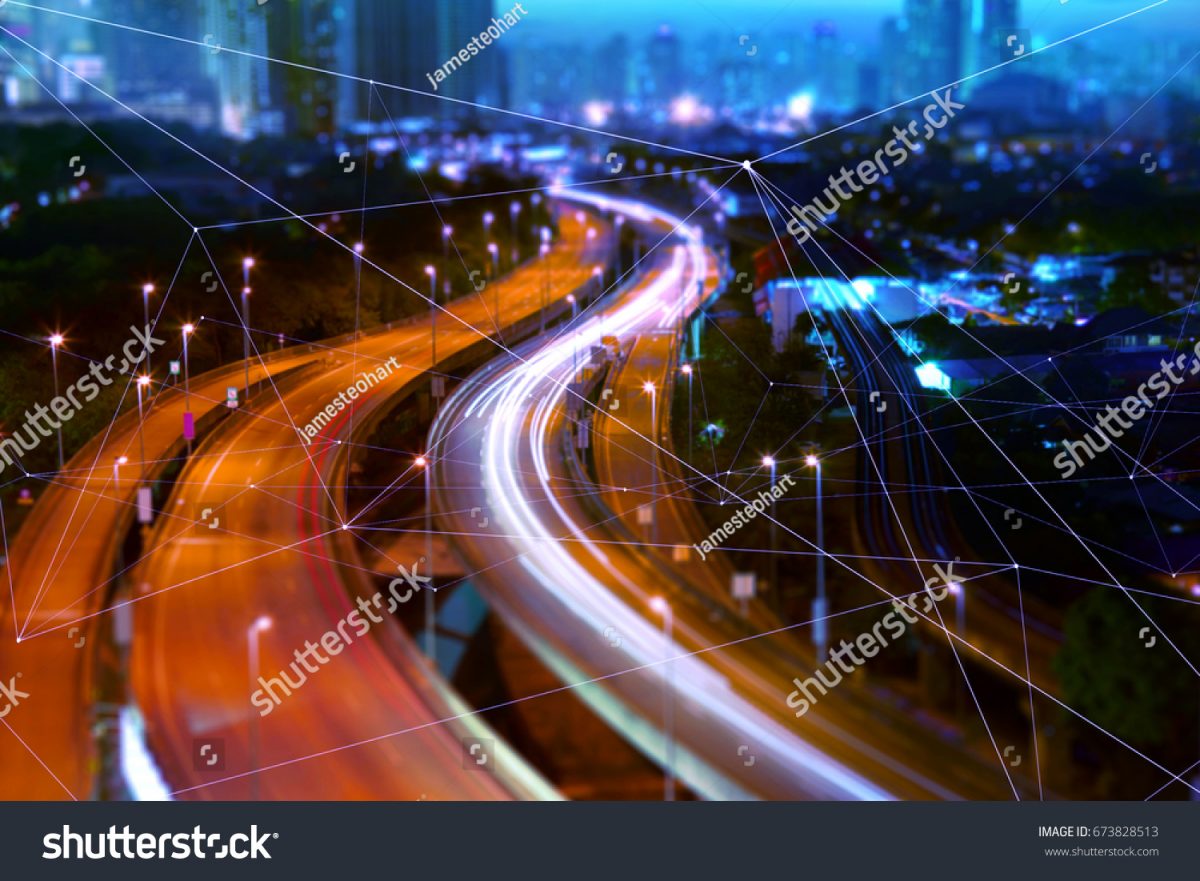Imagine ordering a cab to Rotterdam Central, buying and scanning a train ticket to Schiphol airport, booking a plane ticket to your ideal destination with extra cabin luggage and vegan meal, reserving that seat with extra leg room because you deserve to treat yourself, booking a hotel room and building a sightseeing itinerary—all on one platform. These may all seem like separate things, but this decluttered approach to travel will soon be a thing of the past.
Online travel agents (OTA) have put their entire business models under a microscope and are actively looking for new ways to innovate in order to stand out in the highly competitive travel industry. The future of travel will make the customer journey seamless. As internet giants such as Google gain a bigger share of the market, OTA are starting to widen their offerings in order to retain more customers and be a bigger part of their journey.
From using virtual assistants to provide you with real time information on your travel journey to using AR/VR goggles for those who are travelling virtually, there are a numerous number of technologies being experimented with. Trip.com, one of the biggest OTAs in the world, used the power of live streams to sell travel packages to customers during the pandemic. This innovative approach was able to keep the travel company running in a time when the scope of travel was no where in sight.
For many years, the travel sector has operated on the same basic principles. This approach to engage more with the customer is a positive approach in my opinion. Traditionally, one would go to a travel agent to book standardized excursions that overcharged for even the most basic things. Now, your entire travel experience is in your hands because the customers have become the travel agents themselves! Where are you travelling next?

